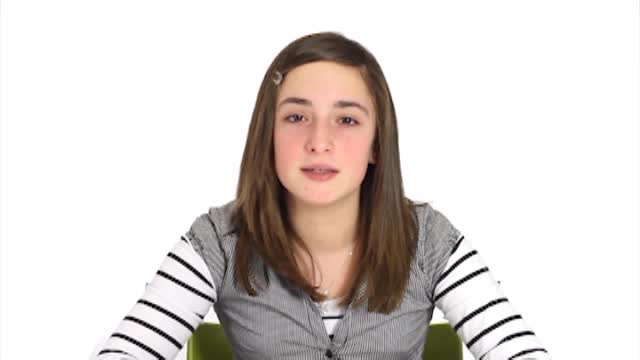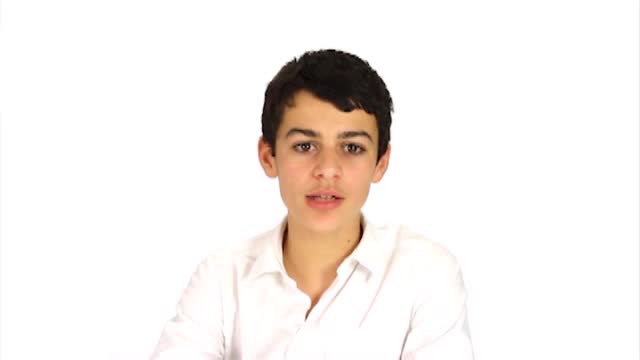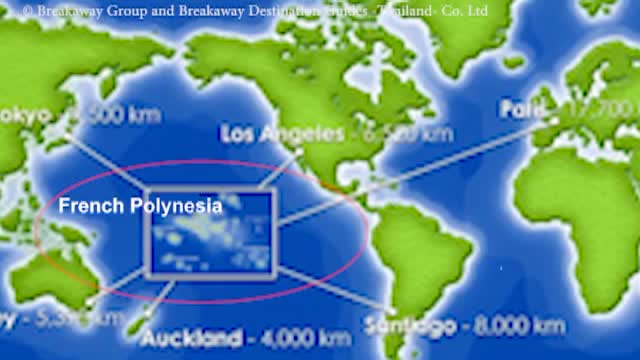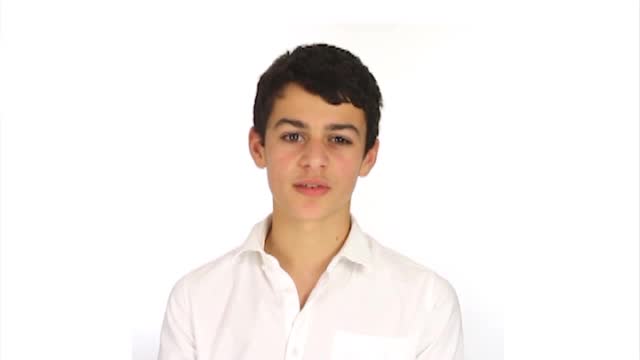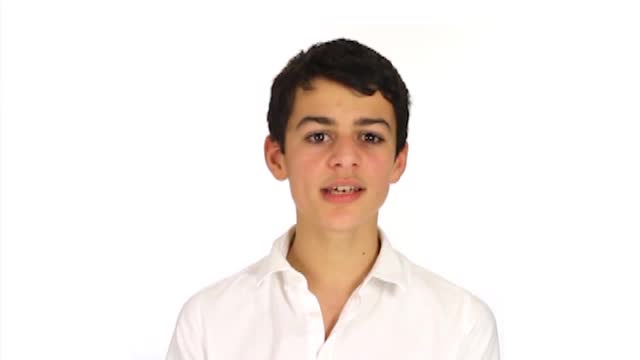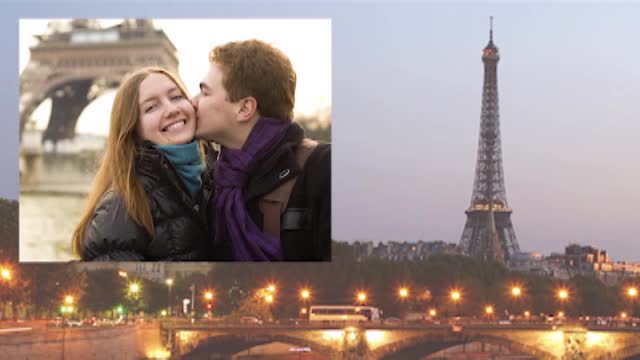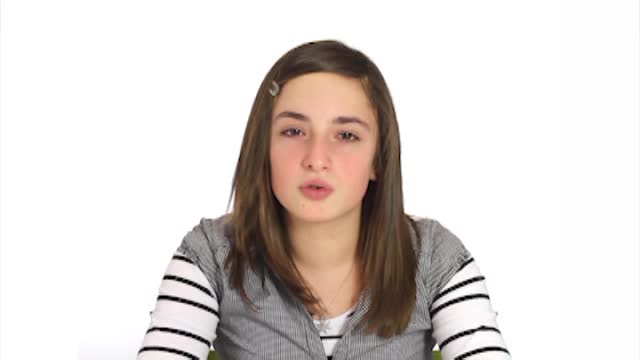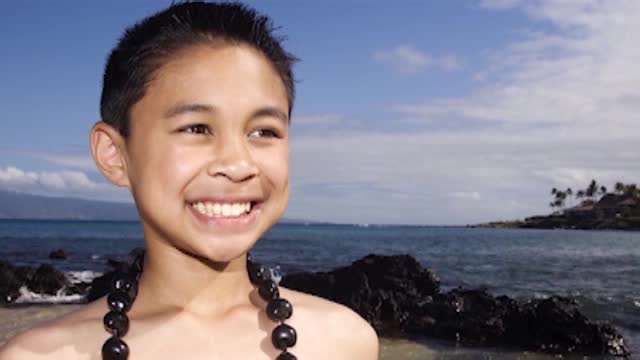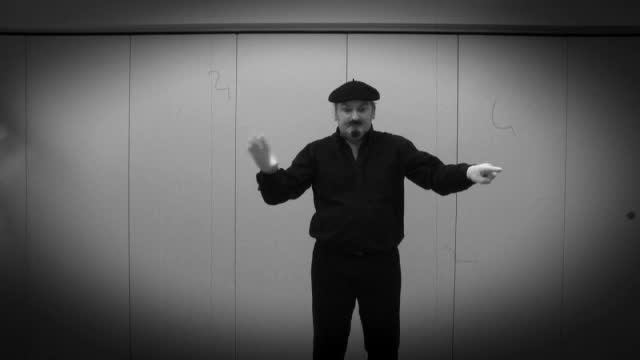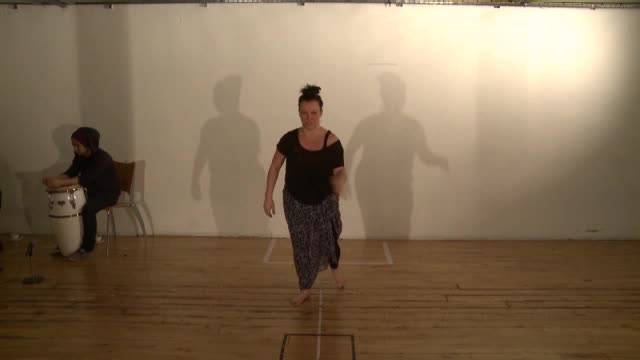Play Controls
Description
Video narrated in French about modern Gabon and its history as a French colony. It also discusses the life and legacy of Doctor Albert Schweitzer who set up a hospital for people suffering from leprosy.
The video is part of the Passeport pour la Francophonie website, a modern languages resource for primary learners.
The video has French subtitles that can be switched on and off using the caption (CC) button.
Transcript
Teenage boy:
Aujourd’hui, nous partons pour le Gabon.
Mais où est ce pays ? En Afrique bien sûr, et plus précisément, à l’ouest de l’Afrique, entouré du Congo, du Cameroun et de la Guinée Equatoriale.
Mais qu’est-ce que vous savez sur ce pays, sur sa population, sur sa capitale, sur sa langue? Allez, réfléchissez….
Non, vraiment rien ?
Pas de panique, je vais vous aider.
La population du Gabon pour commencer: un million cinq cent mille habitants environ (1 500 000), c’est un petit pays donc.
La capitale s’appelle Libreville et la langue officielle au Gabon, c’est le français.
C’est un peu bizarre non, un pays africain où on parle français, avec une capitale qui a un nom français aussi !!
Et bien non, ce n’est pas bizarre, parce que le Gabon est une ancienne colonie de la France. Maintenant, c’est un pays indépendant mais il y a encore beaucoup de traces de la présence de la France.
Par exemple, il y a un hôpital qui s’appelle l’Hôpital Albert Schweitzer.
Vous connaissez Albert Schweitzer? Non? Et bien, Albert Schweitzer, il est né à Kaysersberg en Alsace, le 14 janvier 1875. Il a décidé de devenir docteur pour aider la population africaine et, à l’âge de 38 ans, il est parti au Gabon, à Lambaréné exactement.
A Lambaréné, il a construit un hôpital et à côté de l’hôpital, il a construit un village pour aider les malades lépreux.
Les lépreux, qu’est-ce que c’est? Et bien, ce sont les personnes qui ont la lèpre. Et la lèpre, c’est une maladie infectieuse qui affecte la peau sur le corps et sur le visage, alors les malades sont quelquefois défigurés. C’est terrible parce que les familles ont peur et ils ne peluvent pas habiter avec les malades, c’est vraiment très triste!
Albert Schweitzer et sa femme Hélène veulent aider tous les malades sans distinction de race ou de religion. Pour son travail et ses idées, Albert Schweitzer a reçu le Prix Nobel de la Paix en 1952.
Maintenant, à Lambaréné, il y a La Fondation Internationale de l’Hôpital du Docteur Albert Schweitzer. Sa mission, c’est de continuer le travail médical et humanitaire du Docteur et d’aider les habitants du Gabon et de toute l’Afrique.
Alors, bravo et merci Docteur Schweitzer!!
Today, we are off to Gabon.
But where is this country? In Africa of course, more specifically it is in the west of Africa, surrounded by Congo, Cameroon and Equatorial Guinea.
But what you know about this country, its population, its language? Go on, think a bit…
No, nothing at all?
Don’t panic, I’ll help you.
Let’s start with Gabon’s population: there are about 1 500 000 inhabitants, it’s a small country then.
The capital city is called Libreville and the official language of Gabon is French.
A bit strange, don’t you think? An African country where people speak French, with a capital which has a French name as well!
No, not strange at all, because Gabon used to be a French colony. Now, it’s an independent country but there are still many traces of France’s presence.
For example, there is the Albert Schweitzer hospital.
Have you heard of Albert Schweitzer? No? Well, Albert Schweitzer was born in Kaysersbergen, in Alsace, on 14 January 1875. He decided to become a doctor so he could help the African population and, at the age of 38, he left for Gabon, to Lambaréné precisely.
In Lambaréné, he built a hospital and next to the hospital, he built a village to help the lepers.
What are lepers? They are people suffering from leprosy. And leprosy is an infectious disease which affects the skin on the body and face so sometimes lepers are disfigured. It’s terrible because their families are afraid and they can’t live with them, it’s really sad!
Albert Schweitzer and his wife Hélène wanted to help all the sick people, without distinction of race or religion. Albert Schweitzer received the Nobel Peace Prize for his work and ideas, in 1952.
He died in Lambaréné on 4 September 1965.
Now, in Lambaréné, you can find the International Foundation for the Albert Schweitzer Hospital. Its mission is to continue the humanitarian and medical work of Doctor Schweitzer and to help the people of Gabon and of the entire continent of Africa.
So, well done and thank you Doctor Schweitzer!
Download
- Low Quality 240p (13.1Mb)
- Medium Quality 360p (22.54Mb)
